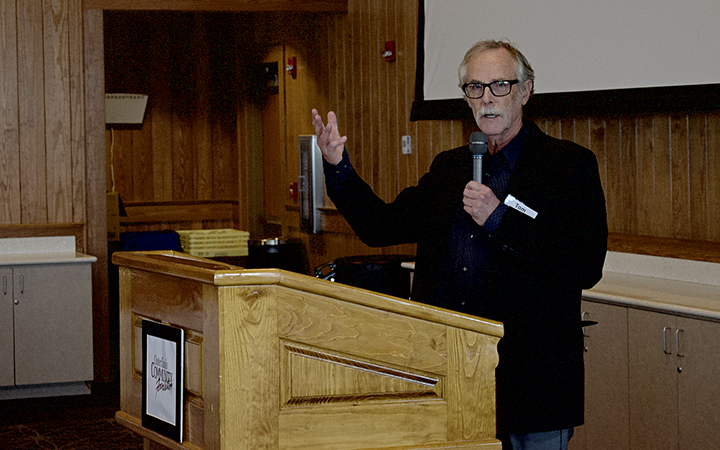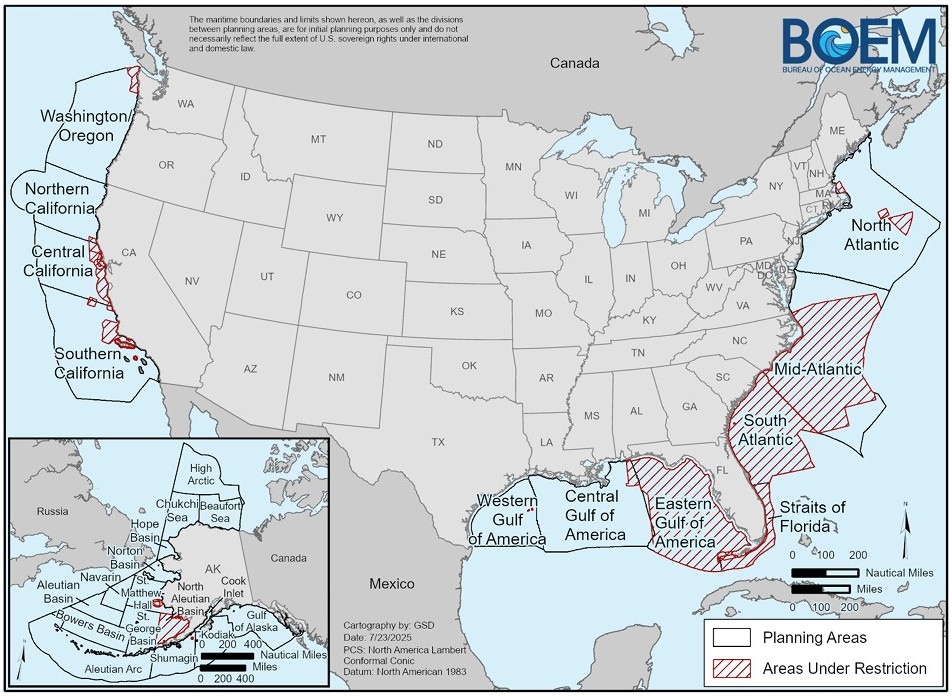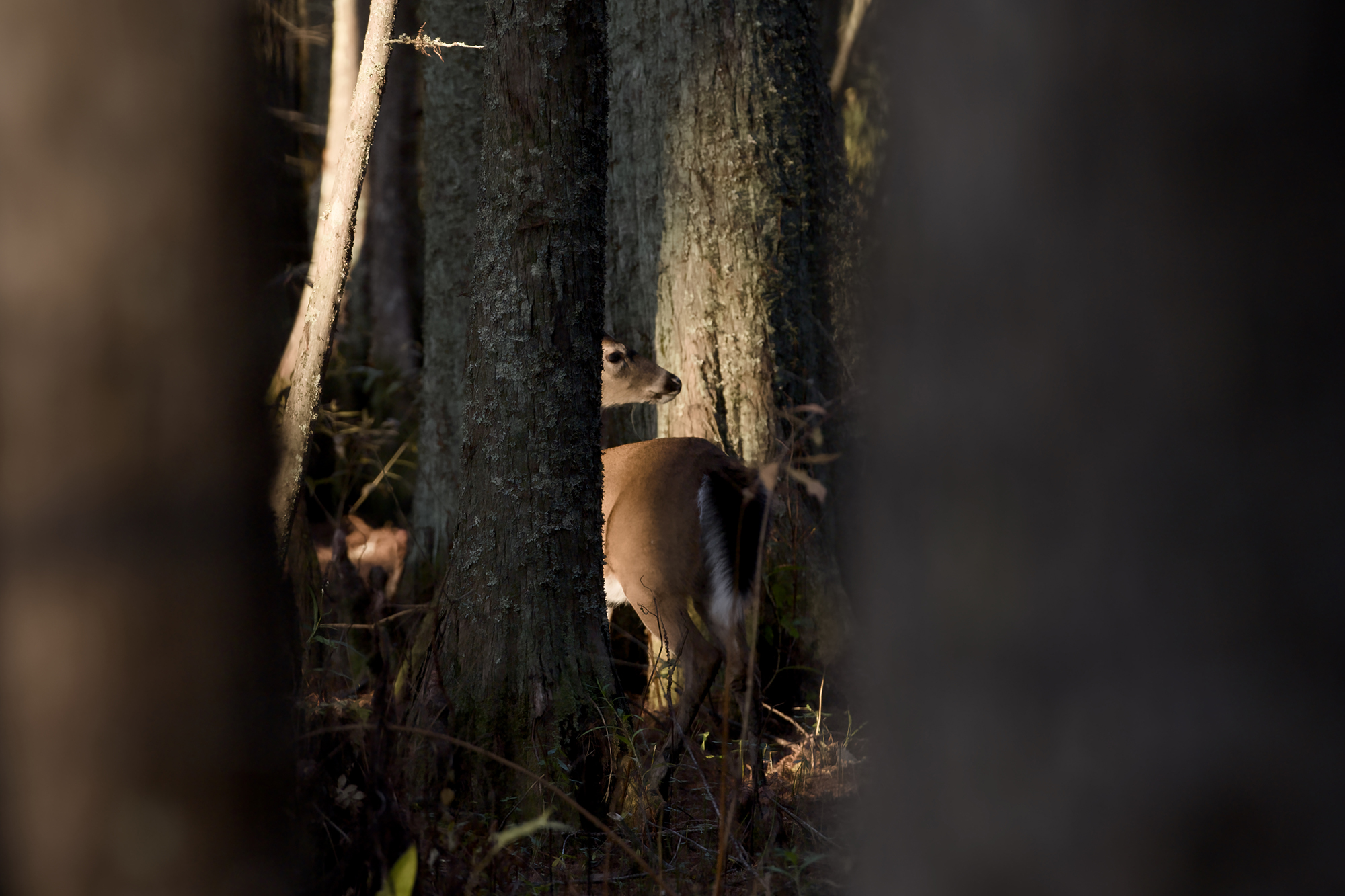
NAGS HEAD — In a heartfelt message of thanks, Hyde County Commissioner Tom Pahl, who represents Ocracoke on the board, spoke Thursday to a packed Outer Banks Community Foundation luncheon held at Jennette’s Pier.
Within 24 hours of Hurricane Dorian’s devastation of Ocracoke and the southern end of Hatteras Island, the foundation launched the Outer Banks Disaster Relief Fund. To date, the fund has received more than $1.5 million in donations with $1.2 million earmarked for Ocracoke and the balance donated for relief operations on Hatteras Island.
Supporter Spotlight
“There’s so much that you have done for us. You so rose to the need in ways that just take our breath away,” Pahl said. “Not just those first few weeks but daily since the beginning.”
Speaking on behalf of Ocracoke, which suffered the most damage, and neighboring Hatteras Island, Pahl went on to say, “I come bearing a message of gratitude … from everyone who has benefited so greatly from the Outer Banks Community Foundation Dorian Relief Fund. My message is simple and heartfelt. Thank you, we were all brought to tears by your generosity.”
His message was more than one of thanks. After telling a story about how important it is to be human in the face of disaster, he went on to describe what he sees in people that allows them to overcome even the most remarkable obstacles and to thrive.
“We’re human. We’re vulnerable. We bend but we don’t break,” he said. “We’re Ocracoke strong.”
The phrase, “Ocracoke strong,” has been emblazoned on hats and clothing items being sold to raise money for the village’s recovery and appeared on signs around the village soon after the storm as a statement of the islanders’ resiliency.
Supporter Spotlight
“Resilience is what will get us through the years to come. Resilience is to be human,” Pahl added.
He described in detail Hurricane Dorian’s devastating flood waters, telling the more than 200 guests that hundreds of residents of the village are still living in temporary housing, dozens of homes are being elevated and many homes—especially older ones—have been bulldozed.
“While that hurts, especially because some of those are family homes that have been in the family for two, three, four generations. Most of them are going to be rebuilt and rebuilt higher off the ground, achieving resilience,” he said. “While that will take years, we’ve started the process and we’re not going to stop.”
He also noted the importance of making resilience integral in Ocracoke’s and other Outer Banks communities’ planning.
“Change is constant on this sandbar. We can and we must make this place resilient.
“It’s going to cost money to do it,” he added. “The good news is that we don’t need new sources of money. What we need is to redirect our priorities, statewide and nationally to solve these problems. It’s an issue of how we allocate our resources.”








